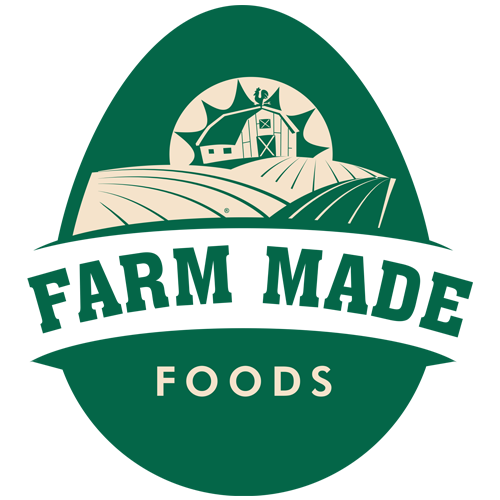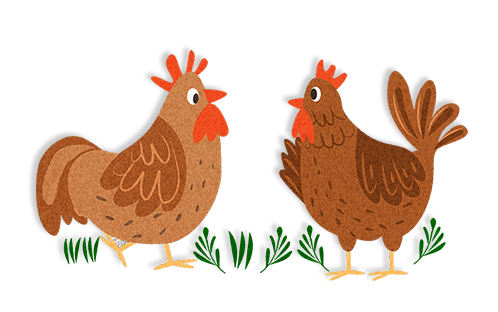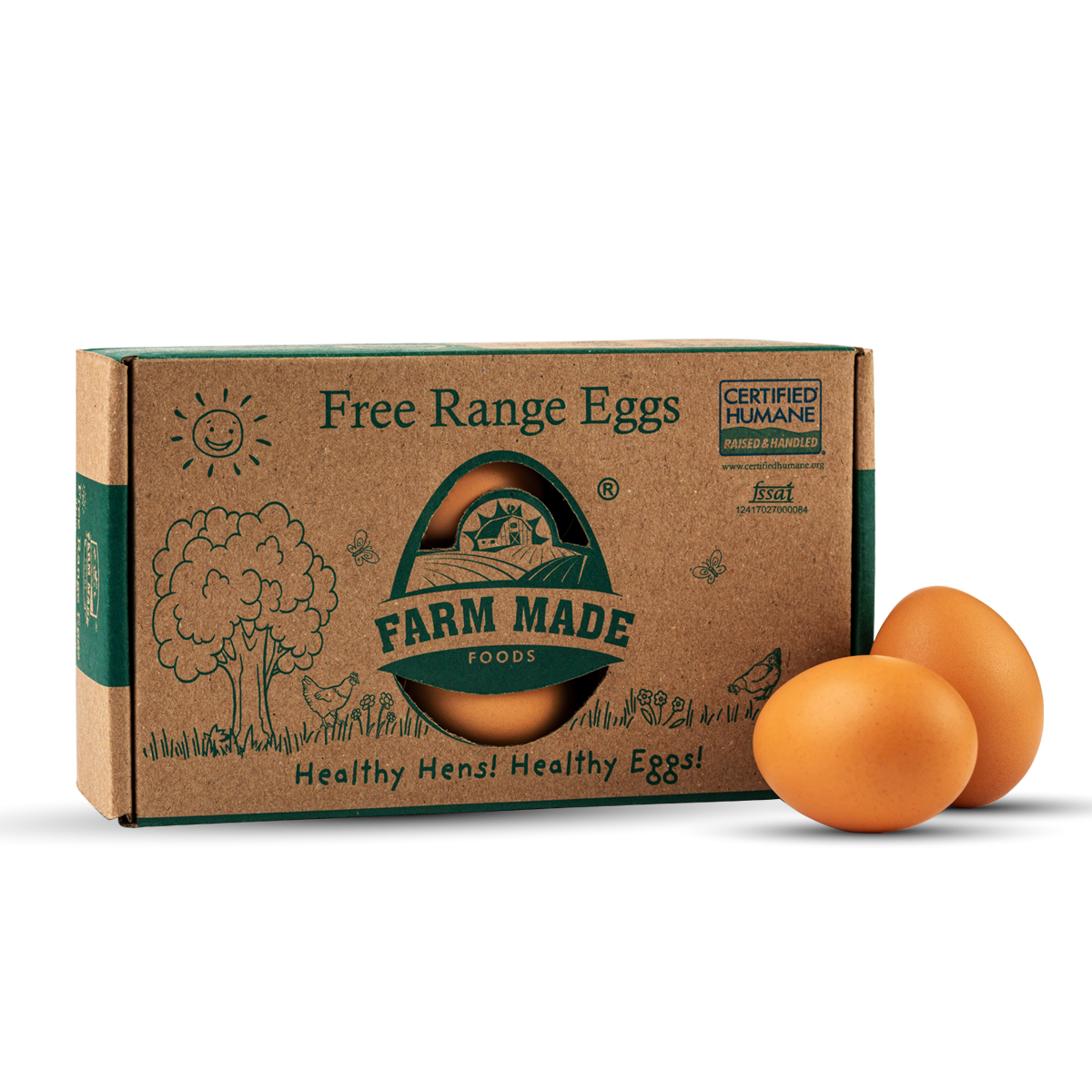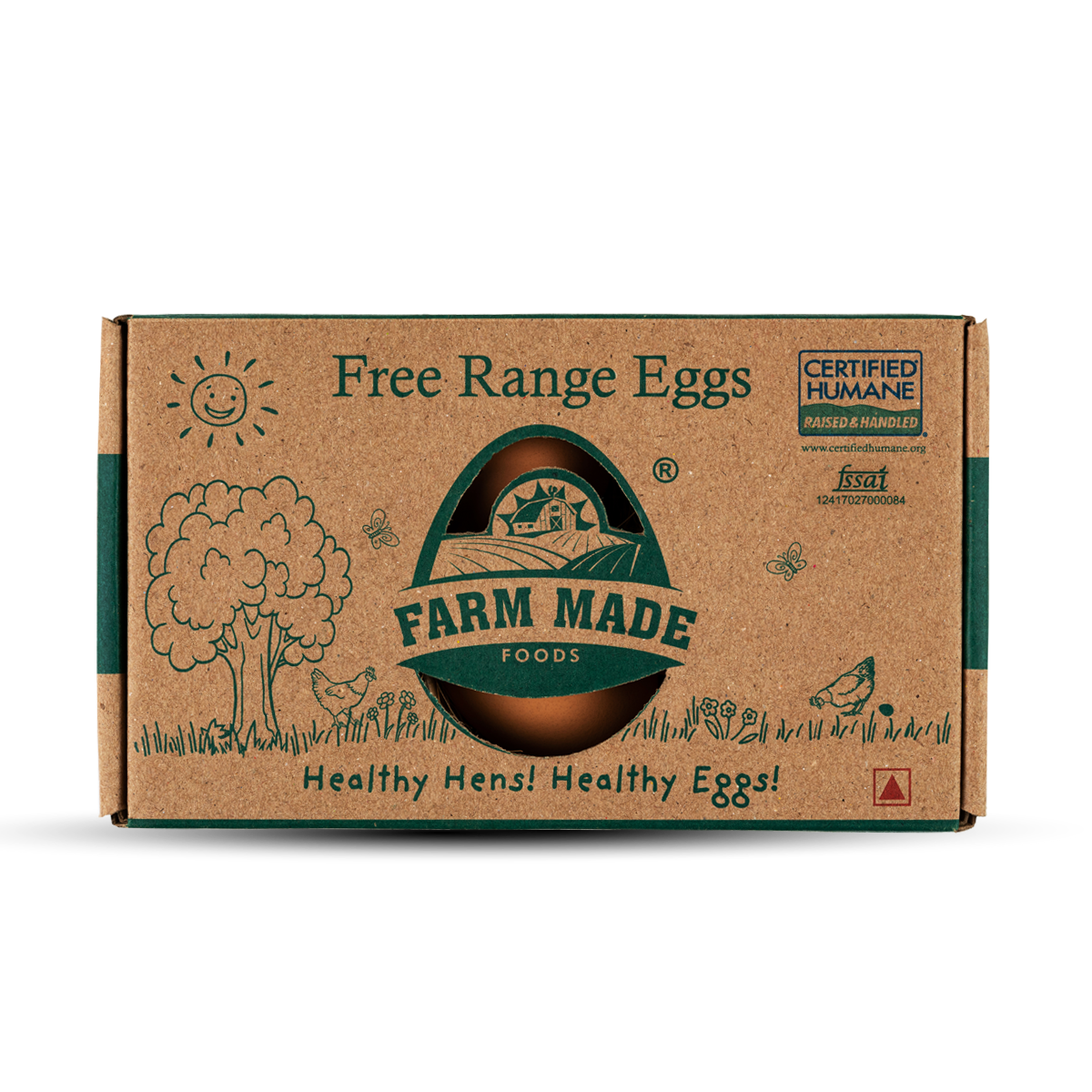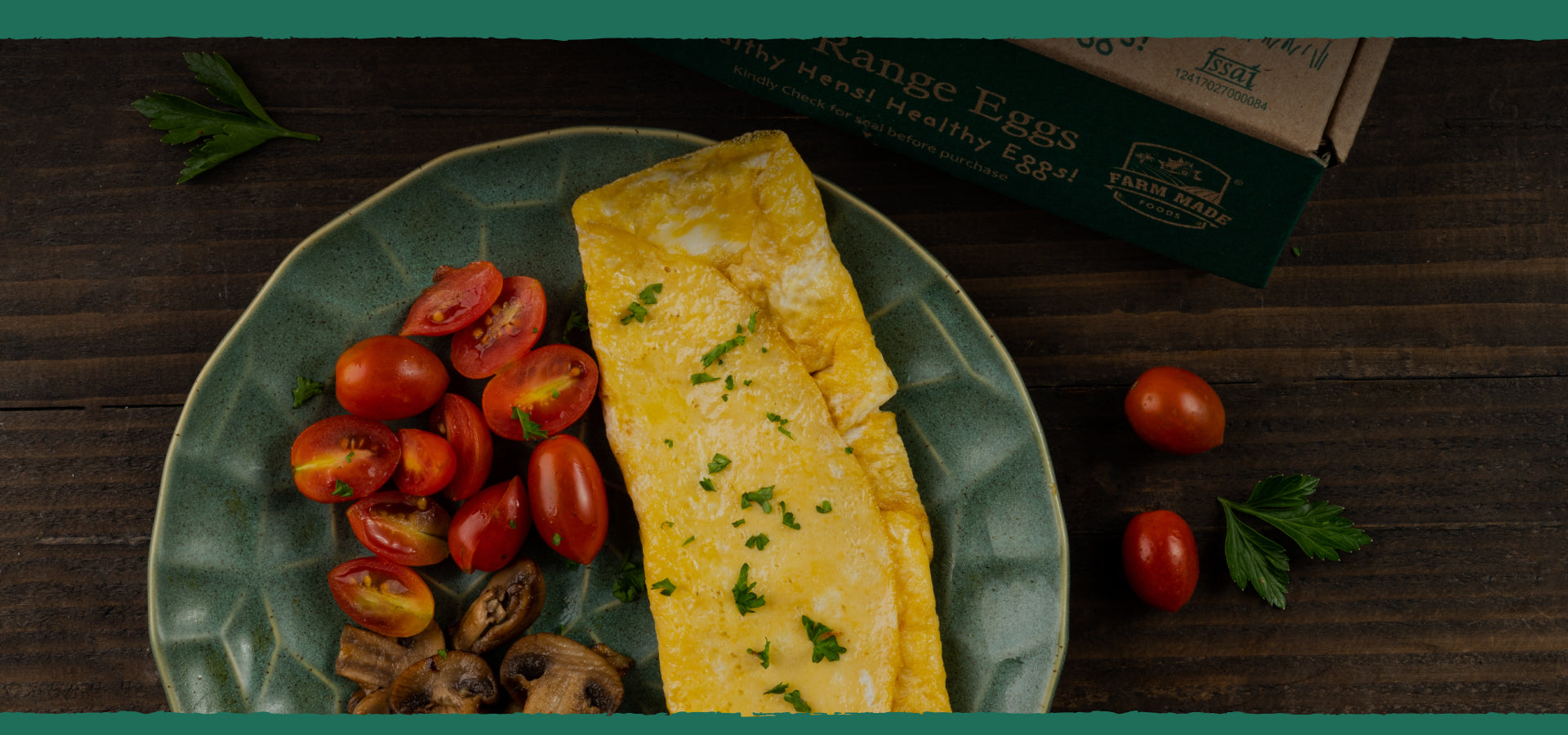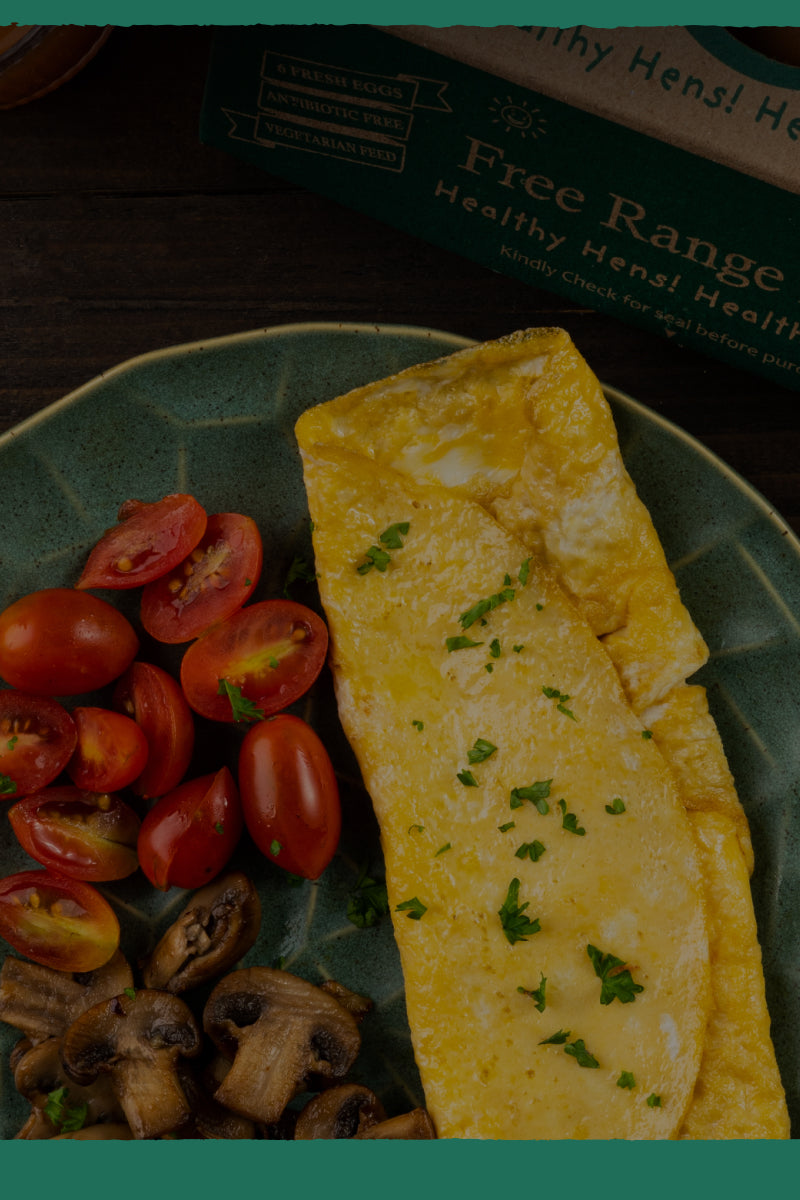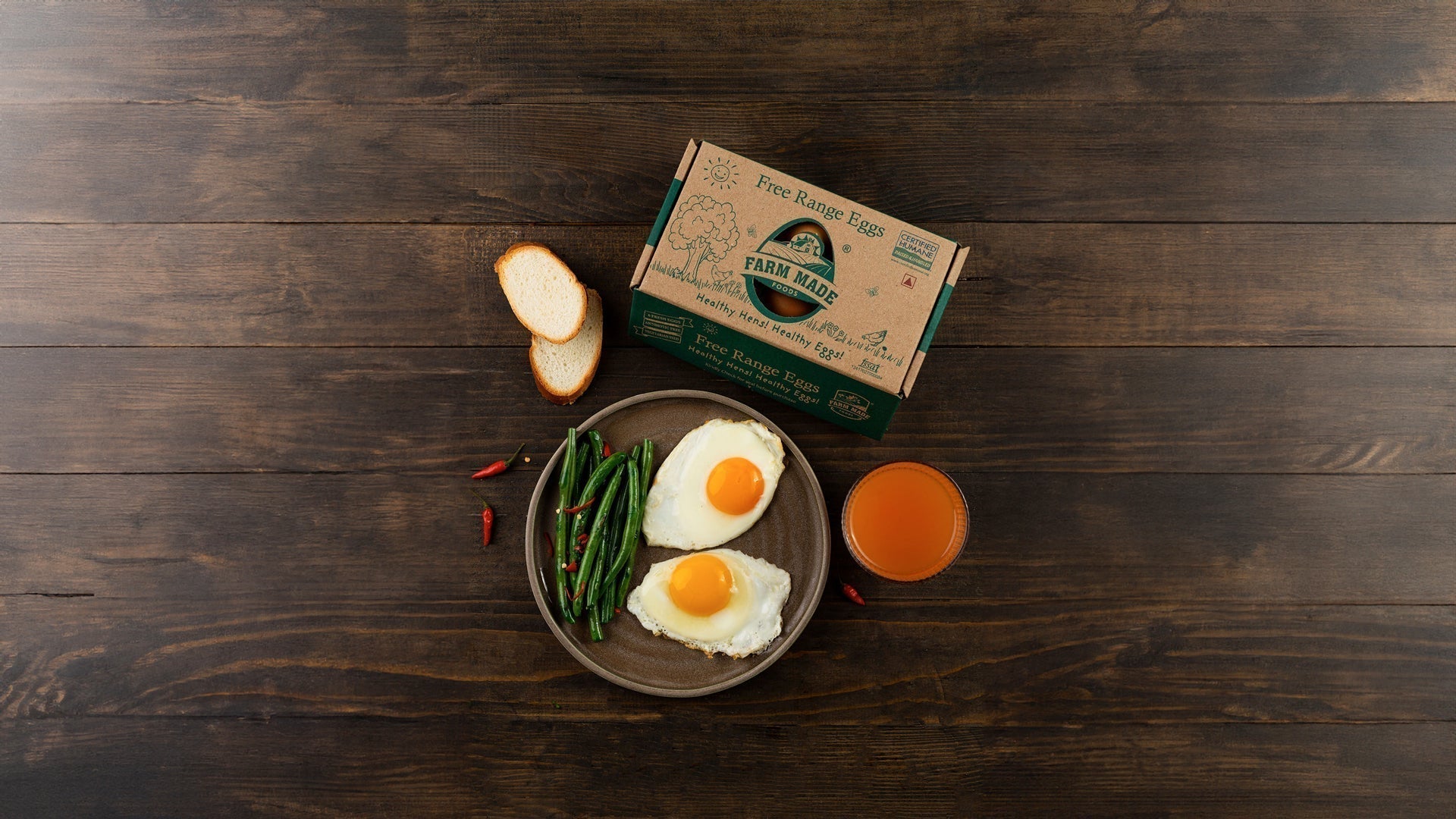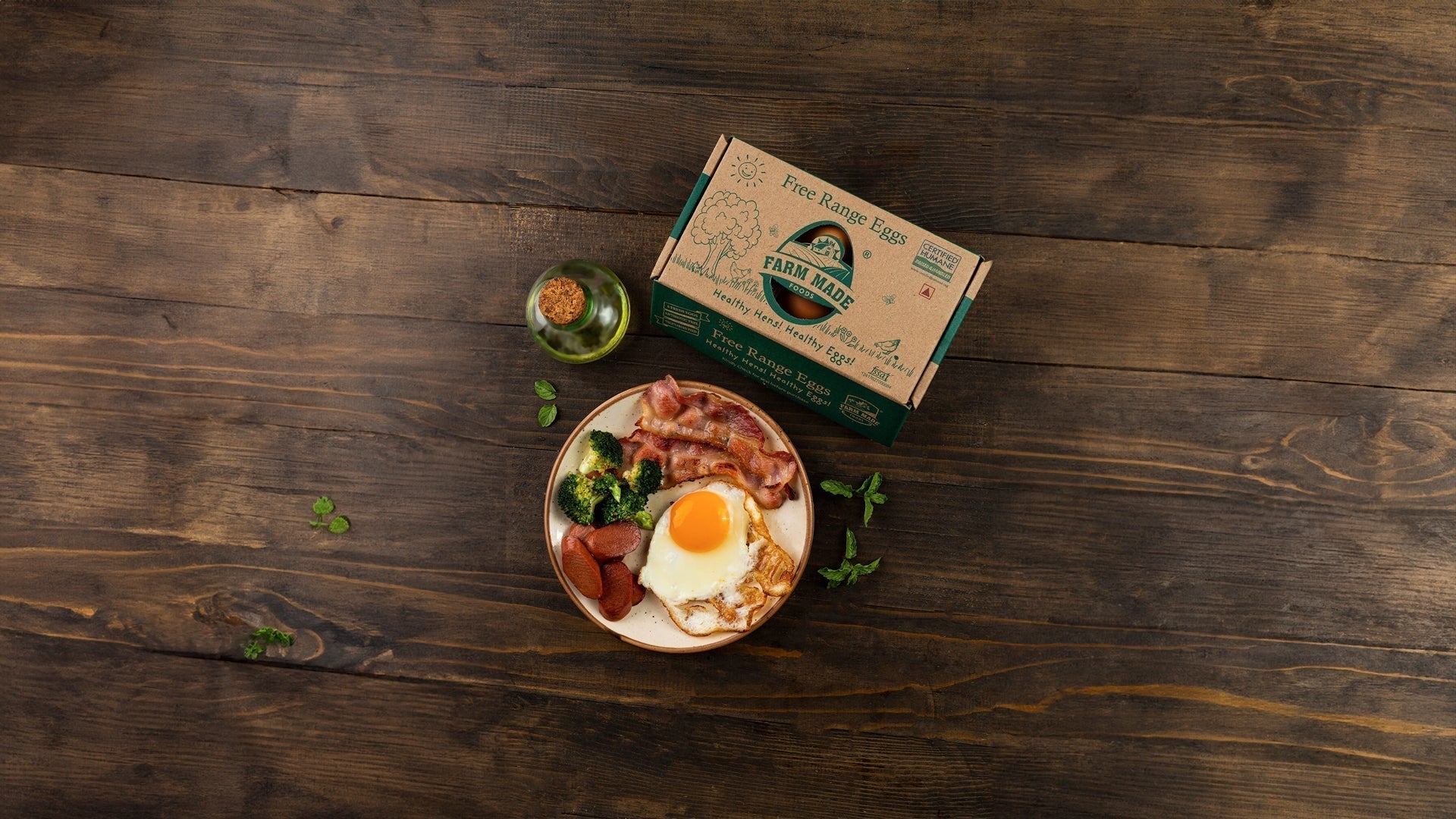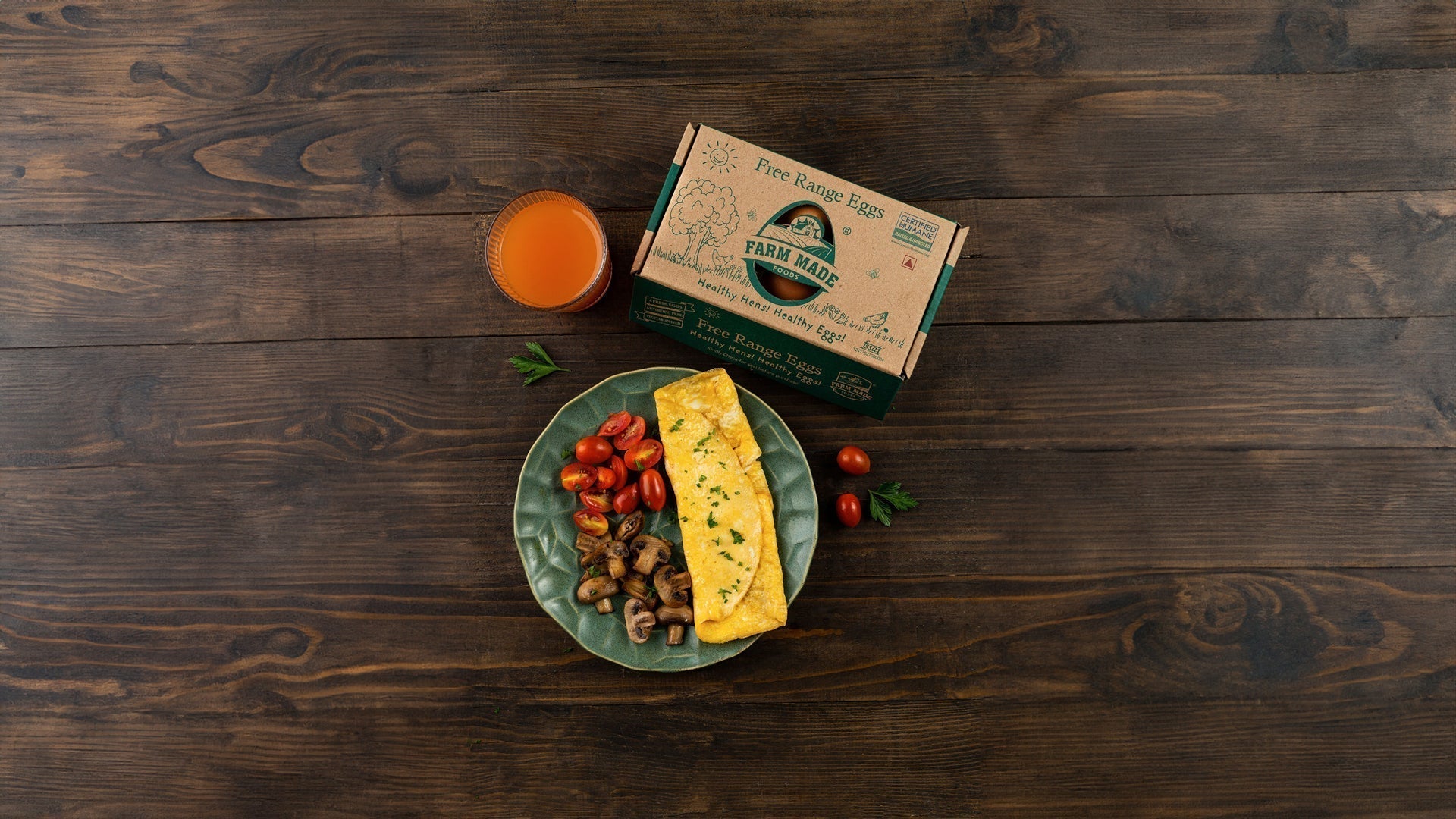Free Range Eggs
Product Description and Uses:
Eggs that are deliciously different...
Our free-range eggs are fresh off our idyllic farms. Nestled in the lush countryside, our farm is a haven for hens to enjoy the freedom to roam in spacious pastures, bask in the sunlight, and breathe fresh air.
We let our hens be themselves. We go the extra mile to ensure they live a stress-free and joyful life by allowing them to exhibit natural behaviours, such as foraging for insects and taking dust baths. The way we see it - The well-being of our hens directly impacts the quality of our eggs. Happy and healthy hens lay healthy eggs that are more nutritious and taste better. You can savour the difference in every bite.
By choosing free-range eggs, you support ethical farming practices. Hens raised in a free range environment are happier, healthier, and produce more nutritious eggs. These eggs are naturally higher in omega-3 fatty acids, vitamins A, D, and E, and protein.
Go ahead, pat yourself on the back for making this eggcellent choice!
Manufacturing and Marketed by
U&V AGRO PRIVATE LIMITED
Address: Nasuvanpalayam, Venkitapuram (PO), Palladam – 641664, Tamil Nadu, India.
For Complaints & Feedback: Write to us on the above mentioned address (or) Customer care: +91 97511 70707
Email ID: care@farmmadefoods.com
